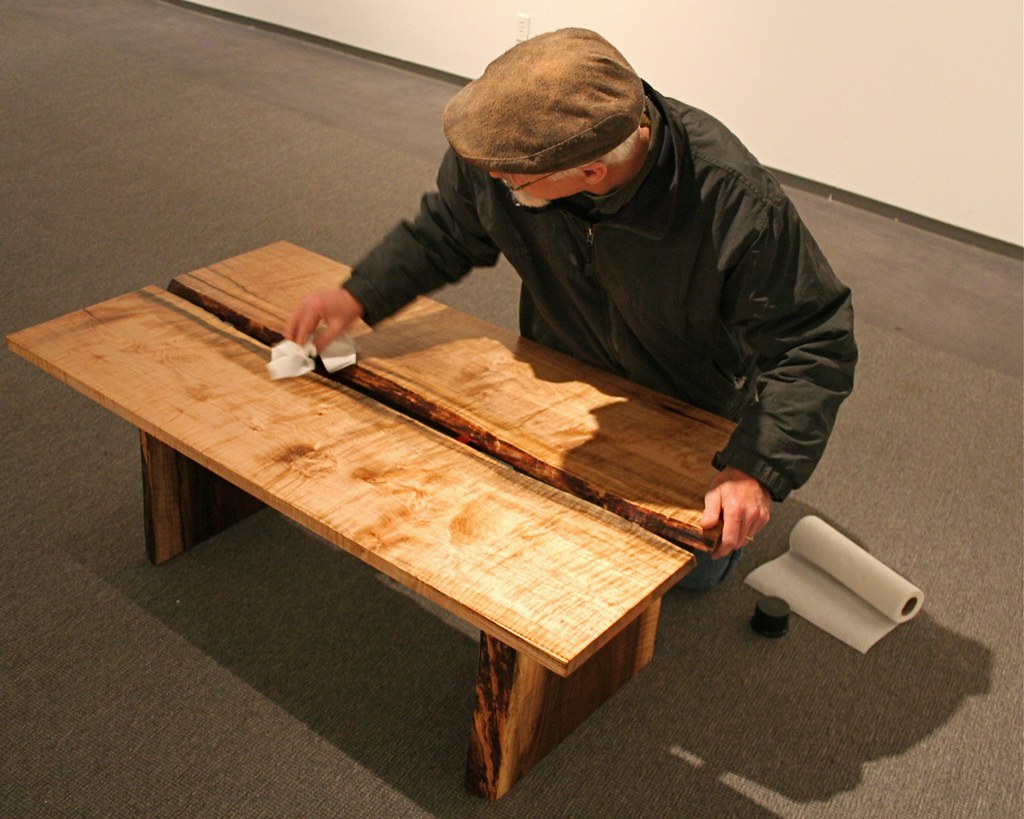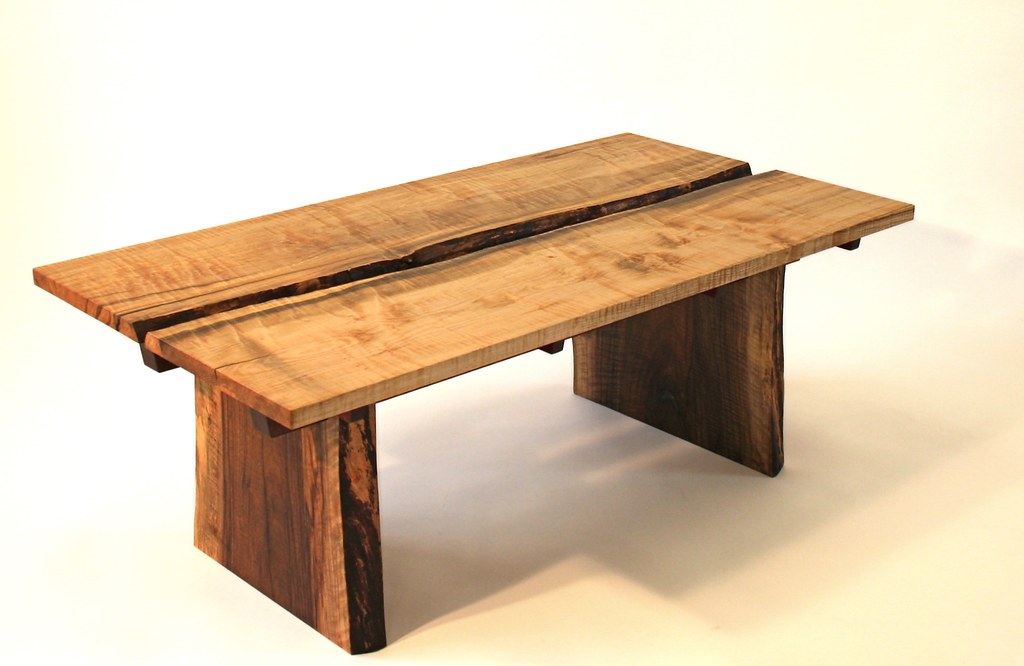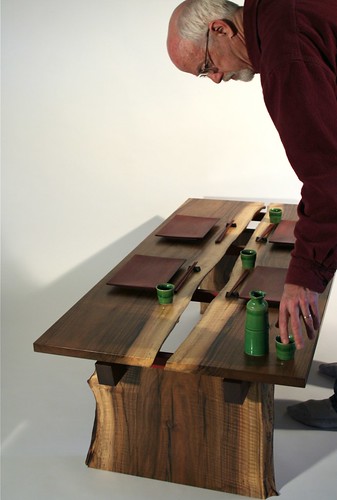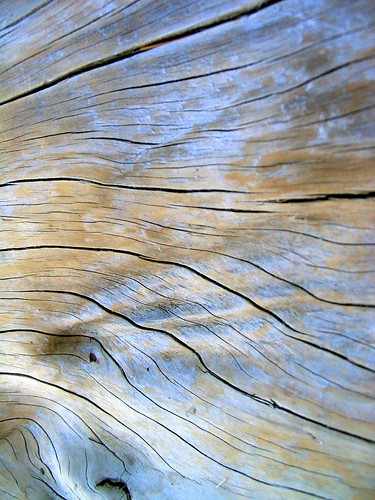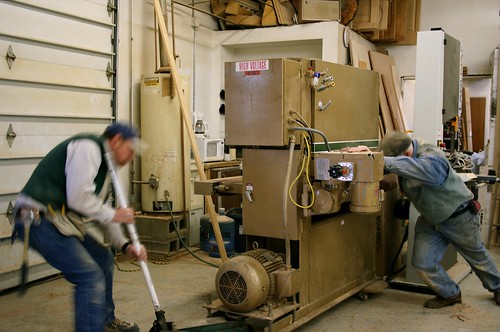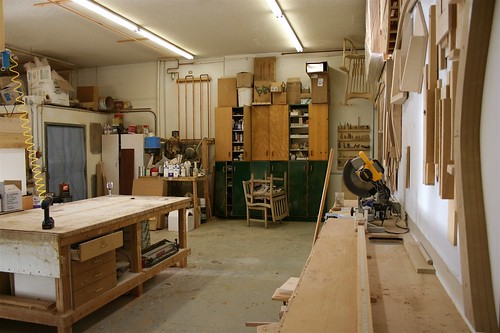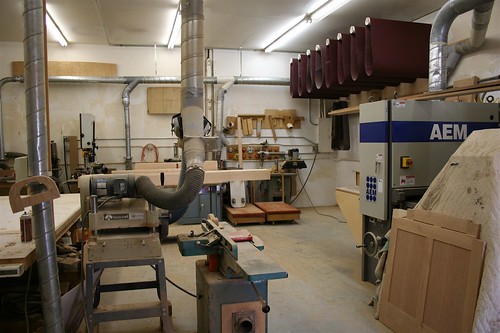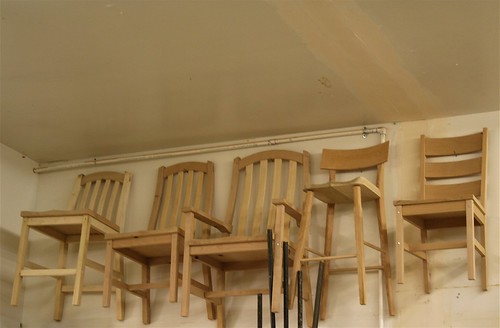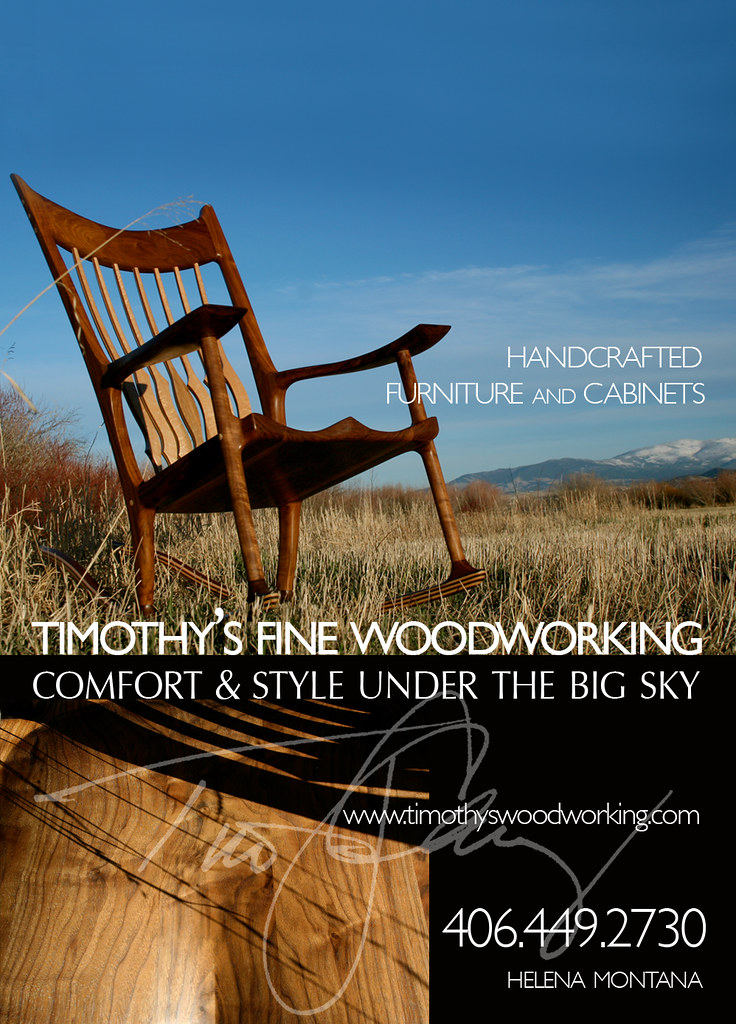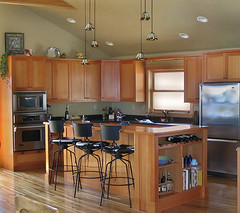Sustainability is a word that is often misunderstood. For many people, sustainability or “green” means “environmentally friendly” But it is more than reducing waste, protecting the environment and recycling. Sustainability is a process that enables all people to realize their potential and to improve their quality of life in ways that (also) protect and enhance the Earth’s life support systemsOfrom the Forum for the Future) To understand sustainability we must become aware of how everything we do, everything we take, everything we make and everything we waste affects nature’s balance and how our actions will ultimately affect our children and all of Earth’s children.
Each choice we make has a cost that is a combination of the economic, social and environmental costs set against each choice’s benefits.
In a recent study six out of ten homeowners said they would like to use sustainable, environmentally responsible design and materials in their home projects whether that means for new home construction or home remodeling. Whether they would actually use green materials depends largely on cost and looks. Here we will take a look at both of these issues and give you some ways you can — gradually — add the color green to your new or remodeled home.
Cost has been a deterrent to many people when they are deciding whether to spring for green building materials or stick with the old tried-and-true. Because energy costs are rising sharply with no relief in sight, at least some green building materials’ costs are now closer to the non-green materials. Plus, homeowner interest in sustainable design and materials is growing rapidly — and as interest rises, so does the demand for these products, which eventually will bring costs down further. It would take a whole other article to discuss the ROI (return on investment) concept, something we’ll take up another time.
In Montana, our challenge is finding green building materials at a reasonable cost. There are added transportation costs and fewer distributors of these products in Montana. As more people ask for and demand environmentally responsible products, I hope their availability and affordability improves.
There are other ways to address the higher cost of earth-friendly materials. If you are building a new home and want to use “green” flooring such as cork, carpet made with no formaldehydes and with 100% recycled fibers, for example, it will cost lots more if you are covering 3000 square feet of floor versus if you build a smaller home in the first place and only have to install floor covering on 2000 square feet. Smaller homes are more efficient to heat as well, and the total cost of all building materials for a smaller home saves you enough that you may be able to afford to make greener choices.
 The look of green building materials is another issue. Many people are under the impression that green — environmentally responsible — design and materials, are either ugly, clunky or inelegant in appearance. This perception may be leftover from the early days of earth sheltered homes made with black painted oil drums, salvaged lumber, wine bottle walls and cedar hot tubs. On the contrary, most environmentally responsible materials and design methods today are not only beautiful, but they have a simple elegance unmatched in traditional materials. Interior designers and architects are specifying earth-friendly materials that are downright elegant and truly gorgeous. Besides, I personaloly believe salvaged lumber has a warmth and history that fits nicely with traditional or contemporary home styles.
The look of green building materials is another issue. Many people are under the impression that green — environmentally responsible — design and materials, are either ugly, clunky or inelegant in appearance. This perception may be leftover from the early days of earth sheltered homes made with black painted oil drums, salvaged lumber, wine bottle walls and cedar hot tubs. On the contrary, most environmentally responsible materials and design methods today are not only beautiful, but they have a simple elegance unmatched in traditional materials. Interior designers and architects are specifying earth-friendly materials that are downright elegant and truly gorgeous. Besides, I personaloly believe salvaged lumber has a warmth and history that fits nicely with traditional or contemporary home styles.
Okay, so how can you green your home incrementally if you don’t want to or can’t afford to do it all at once? here are 8 suggestions:
1) If you are looking for a new home, find one within walking distance of schools, workplaces, parks and grocery stores. If you can walk to most destinations, you will use less gas. To me, that means your home is greener!
2) Build on an infill lot. Most new housing has greater environmental consequences, with development replacing open space and agricultural land. New housing also requires new infrastructure such as roads and utilities. A new home built on a vacant lot (infill) uses existing roads and utilities.
3) For any new building, choose technologies such as solar panels, high R-value insulation and low-impact building methods and materials.
4) Design your new home to be more energy efficient and use less resources. You can do this by simply building a smaller, better-designed house. Large homes use more resources and may require more energy to heat and maintain than small to mid-sized homes. A smaller home on a smaller lot can be equally if not more satisfying to the soul, as author and architect, Sarah Susanka writes in her book, The Not So Big House.
4) Even better than building new, remodel an existing home to improve its’ energy efficiency. Install double-paned windows, Energy-Star appliances, an efficient furnace and hot water heater and energy efficient lighting can reduce home energy bills by over 30 percent.
 5) Remodel to make your home greener — just a little at a time. Whenever possible, choose environmentally preferable products such as low-gas paints, formaldehyde-free plywood, carpets made of recycled plastics, cork and linoleum flooring (both made of low-impact renewable resources,) countertops and kitchen cabinets made of recycled or earth-friendly materials and sustainably harvested wood.
5) Remodel to make your home greener — just a little at a time. Whenever possible, choose environmentally preferable products such as low-gas paints, formaldehyde-free plywood, carpets made of recycled plastics, cork and linoleum flooring (both made of low-impact renewable resources,) countertops and kitchen cabinets made of recycled or earth-friendly materials and sustainably harvested wood.
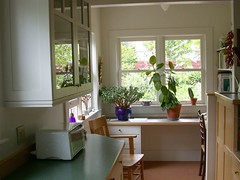 Classic Kitchen by Tim Carney
Classic Kitchen by Tim Carney
6) When purchasing cabinets and furnishings for your home, consider spending a little more for the best quality you can afford. Well made, classically designed cabinetry and furniture will remain stylish and last longer than cheap, lower quality home furnishings. In the end, high quality products cost you less and protect the environment because you don’t have to replace them.
7) Landscape your home — either new, or remodeled — to conserve heating and cooling energy. Plant shade trees to shield your home from hot summer sun. If you plant deciduous trees on the sunny side of your house, you will have shade in summer and sunlight in winter. Evergreen trees and shrubs can also conserve energy by lifting cold winter winds up and over the house.
8) Design your home’s landscape to conserve water and fossil fuels: read up on Xeriscaping methods, choose drought-tolerant plants, and substitute plant beds or hardscaping (deck, patio, pathways) for thirsty, energy-intensive lawns. Remember to use as many locally available materials as possible.
I helped Tim deliver his walnut coffee table to the Holter Museum today. He is donating this piece to the Holter’s 15th Annual Art Auction fundraiser. The exhibit is still being set up, but it looks fantastic so far! I want that polar bear painting on the wall behind Tim (left.)
